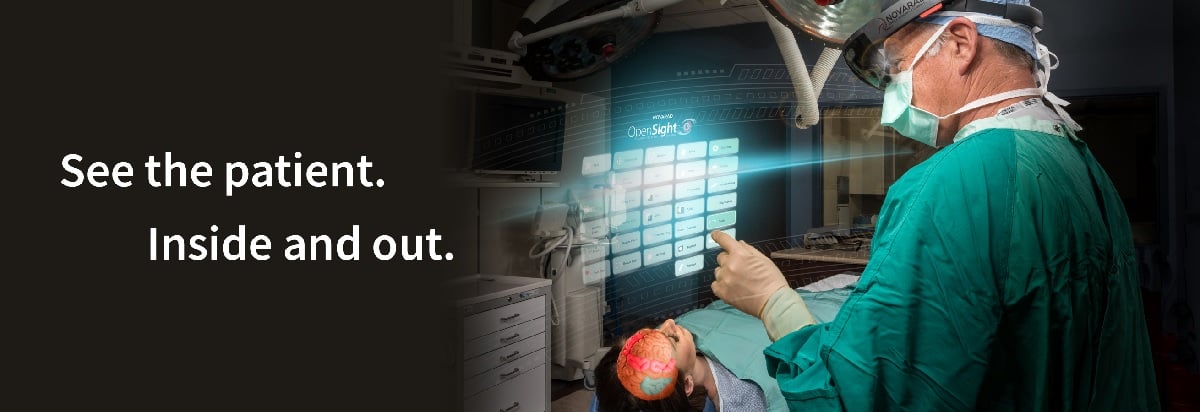First HoloLens application gets FDA approval for pre-operative planning
2 min. read
Published on
Read our disclosure page to find out how can you help MSPoweruser sustain the editorial team Read more

The OpenSight Augmented Reality System is the first AR medical solution for Microsoft HoloLens cleared by the FDA receiving 510(k) clearance for use in pre-operative surgical planning.
Building upon decades of Novarad’s experience in image processing, OpenSight renders 2D, 3D and 4D images of patients interactively, while accurately overlaying them directly onto the patient’s body. The solution, along with patented virtual tool technology and an integrated targeting system, allows doctors to see the patient and into the patient simultaneously to more accurately plan surgery.
“This is transformative technology that will unite preoperative imaging with augmented reality to improve the precision, speed, and safety of medical procedures,” stated Dr. Wendell Gibby, Novarad CEO and co-creator of OpenSight. “This internal visualization can now be achieved without the surgeon ever making an incision, improving outcomes in a world of more precise medicine.”
Unlike virtual reality (VR) used in previous preoperative planning systems, OpenSight utilizes the Microsoft HoloLens headset that not only allows one to see the 3D patient images in augmented reality (AR), but also to see the patient (reality) at the same time. Augmented reality also lets you see your complete real-world surroundings, avoiding the disorientation of virtual reality.
OpenSight augmented reality allows a much better understanding of anatomic relationships because the images are co-localized to the patient. Pre-operative planning with OpenSight makes it possible to highlight relevant anatomy and critical structures to avoid, as well as positioning virtual tools and guidance systems to more accurately plan a surgical approach. Multiple headsets can be shared among users improving the training of less experienced residents. A teaching version of the software is also available that allows medical students to perform virtual dissections on cadavers.
See the technology in action below.
Read more at Novarad here.
Thanks, Atec Solutions for the tip.








User forum
0 messages